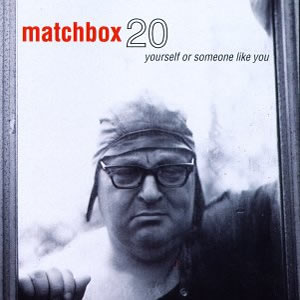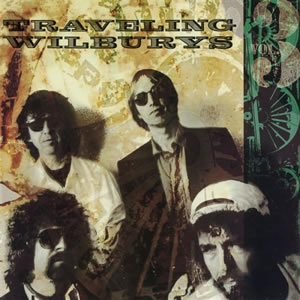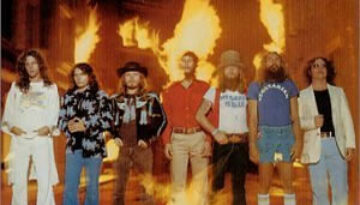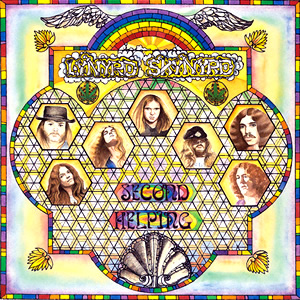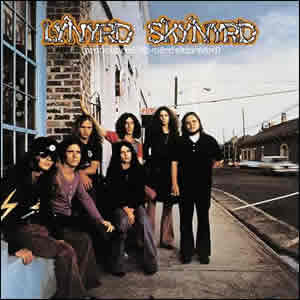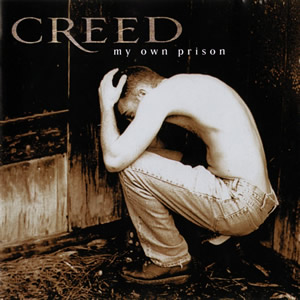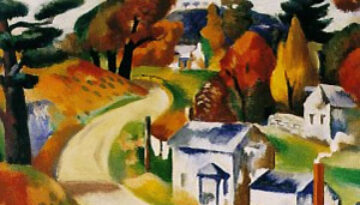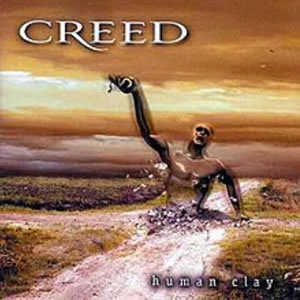Yourself or Someone Like You
by Matchbox 20
Buy Yourself or Someone Like You A blockbuster debut for Florida-based rock band Matchbox 20, the 1996 album Yourself or Someone Like You hit the post-grunge sweet spot with popular music fans as […]

